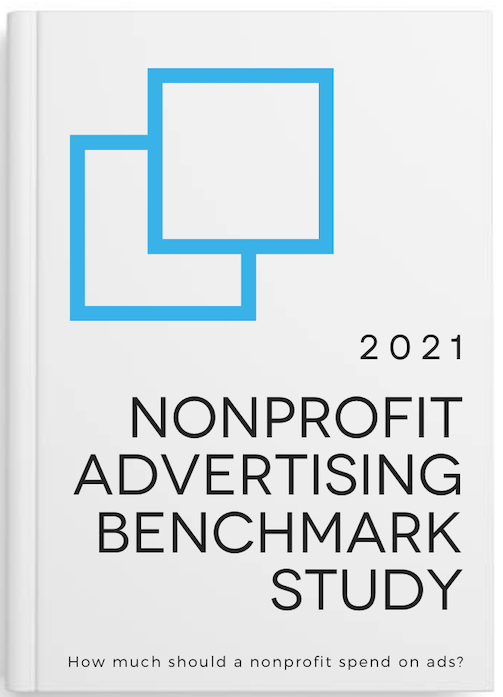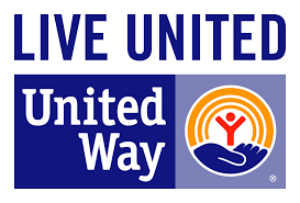Nonprofits spent $5.8 billion in advertising and promotion during 2020, up from $5.7 billion in 2019. While it is an increase, the rate of acceleration was nowhere near the rate of for-profit industries, according to data from Whole Whale and Cause IQ.
The nonprofit industry has been going through a massive digital transformation as the pandemic forced a shift to digital. Beyond just moving to Zoom calls, program teams needed to figure out remote interventions, digital fundraising has become critical and marketing teams moved to digital tactics that can reach quarantined audiences, according to George Weiner at Whole Whale, a B Corp digital agency.
For many for-profit firms also going through this period of digital acceleration, it has meant increasing digital advertising budgets. In 2020, $165.81 billion was spent on digital advertising, a 14% increase, while in 2021 it is projected that spending will hit $191 billion a 25% increase (eMarketer US Digital Ad Spending by Year) https://bit.ly/3qiIR8L
The nonprofit data is based on federal Form 990 filings from 2020 and Cause IQ (https://bit.ly/3GRfgJo). The relatively flat spending for nonprofits shows that the same general trends aren’t necessarily occurring as in the for-profit space, though these general numbers can be misleading based on filing dates and outlier organizations, said Weiner.
The data in the 2021 Nonprofit Advertising Benchmark Study by Whole Whale and Cause IQ is analysis data from Form 990 data for 7,171 U.S. 501(c)(3) organizations with $1 to $10 million in revenue for filing years 2019 and 2020. The goal was to create a large enough sample size to answer questions about advertising size for nonprofits that rely on common funding methods (2021 Nonprofit Advertising Benchmark Study https://bit.ly/3qiJLCb).
The data shows that 60% of nonprofits had advertising budgets, and the median budget was about $12,000. The highest median ad spend came from Performing Arts organizations which includes theater, dance, and musical groups with a median spend of $53,420. Nonprofits with a typical spend in this group include Music Worcester, Rockford Symphony Orchestras, and The College Light Opera Company. The heavy hitters are Philly POPS, Grand Opera House, and The Cabot with total spends of $515,250, $466,620, and $380,440, respectively.
Another finding was that spending followed a power law. The 80/20 rule or power law, usually seen in monetary and sales distributions, would mean the top 20% of inputs would represent 80% of the outcomes. Reviewing the 4,325 nonprofits reporting ad spends, the data show that the top 20% (425) of nonprofits reporting spending on advertising represent 76% ($141 million) of the total advertising spend of the study group.
The advertising spend distribution reflects this 80/20 rule with 80% of nonprofits spending a collective 23% ($42 million) with a median spend of around $12,000, meaning that the 80% distribution has a long tail of smaller ad spends. The full distribution shows how the top 13 organizations in the study spend more than $1 million, with the top nonprofit in the study spending $3.6 million.
There is a reason why companies continue to increase annual spending on digital advertising; It makes them money. “It is projected that digital advertising expenditures in the United States will increase by more than 100% between 2019 and 2024. In that five-year period, U.S. digital ad spend will grow from $132.46 billion to $278.53 billion dollars.” (Statista 2021 https://bit.ly/3q1LZFN.) This same advertising engine can also be leveraged by nonprofits able to spend strategically while carefully measuring return on investment (ROI), according to Weiner.
However, unlike the for-profit sector which uses ads to increase shareholder value, nonprofits gauge success on social impact for stakeholders. In other words, a company using ads to sell clothes will be able to show a clear correlation between ad spend and revenue if they have a positive ROI.
For nonprofits, the purpose of the ads might be to increase donors which would correlate to revenue, but it may also be using ads for education or public awareness. In the cases where nonprofits are using ads to help with program outreach, ad spend doesn’t drive revenue, it drives impact on their stakeholders.











